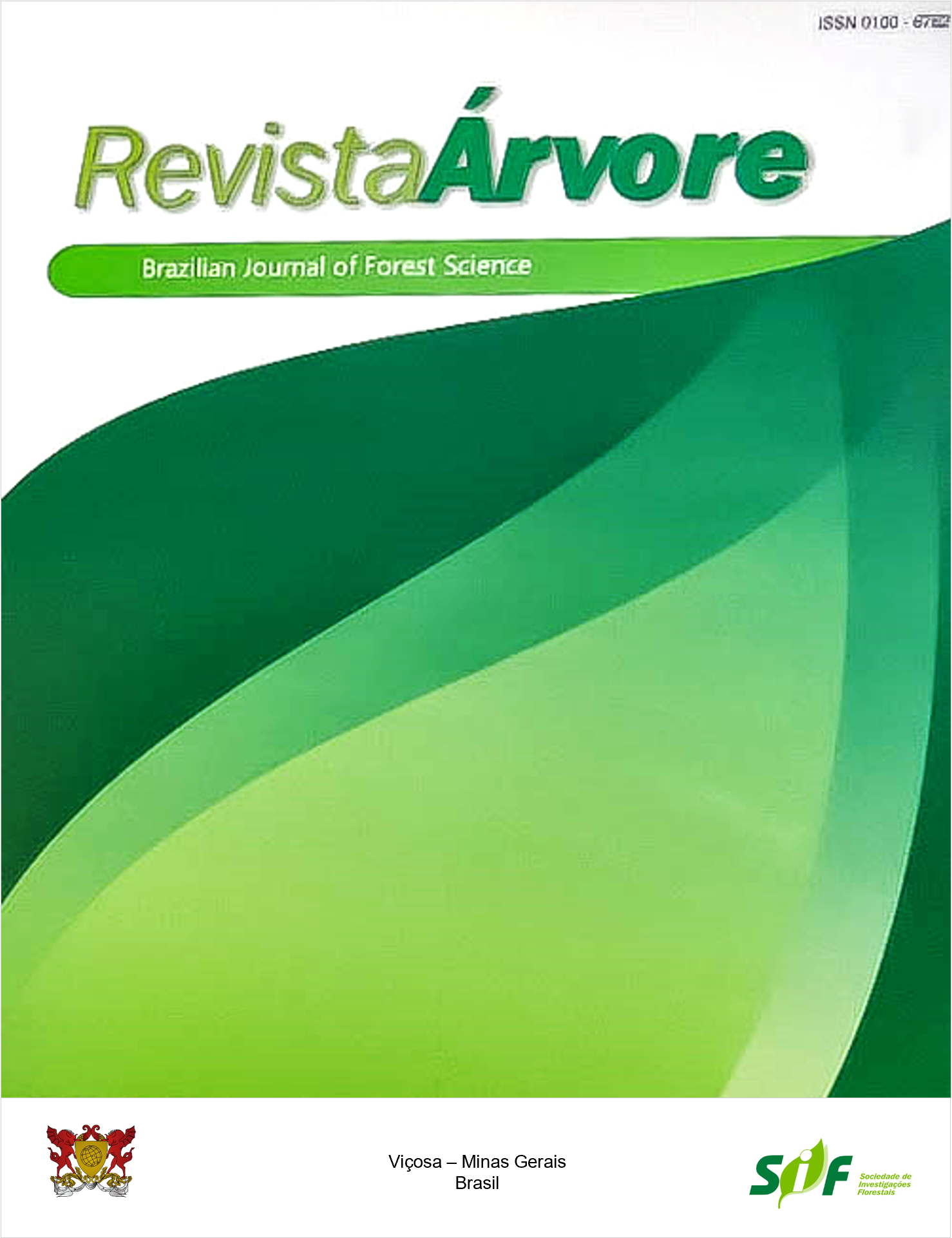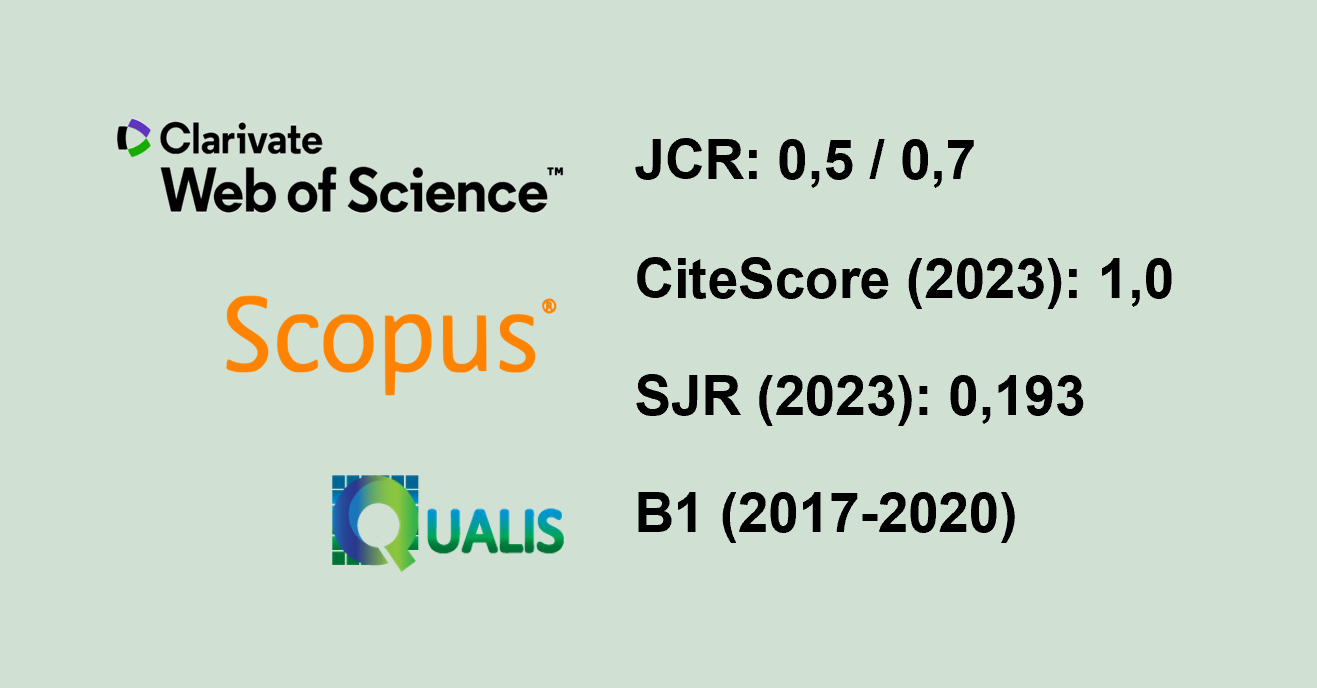TIMBER VOLUME ESTIMATION BY USING TERRESTRIAL LASER SCANNING: METHOD IN HYPERDIVERSE SECONDARY FORESTS
Keywords:
TLS, Atlantic Fores, LidarAbstract
High accuracy in timber volume estimation in tropical forests is required to support sustainable management. Terrestrial laser scanners (TLS) can provide high-quality estimates from tree structural variables. We compared stem variable estimations obtained by TLS and traditional methods at tree level and adjusted volume equations using data of a secondary seasonal semideciduous forest (Atlantic Forest). We also discuss the feasibility of TLS in hyperdiverse and secondary forest fragments. Traditional measurements (Method I) and TLS-based measurements (Method II) were performed on 29 trees belonging to 10 species. Volume equations based on the Schumacher and Hall (SH) and Spurr models were generated. DBH (diameter at breast height) was equal for both methods. Total height (TH) was overestimated by Method II, and commercial height (CH) showed a low correlation between the two methods. The adjusted volumetric equations were different for both methods, and those based on the SH volume model showed the best fit. Our results lead us to infer that in hyperdiverse secondary forests, tree structural variables should be obtained via TLS. However, attention should be given to the occlusion of target trees by the regenerating understory and to height estimates, which can be biased by the crown characteristics of the dominant species.
Keywords: TLS; Atlantic Fores; Lidar
Downloads
Published
How to Cite
Issue
Section
License
Copyright (c) 2022 Revista Árvore

This work is licensed under a Creative Commons Attribution 4.0 International License.
All authors agreed to submit the work to Revista Árvore and granted the exclusive license to publish the article. The authors affirm that it is an original work and has not been previously published elsewhere. The scientific content and opinions expressed in the article are the sole responsibility of the authors and reflect their opinions, not necessarily representing the opinions of the editorial board of Revista Árvore or of the Society of Forest Investigations (SIF).




